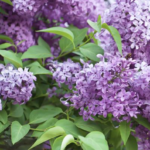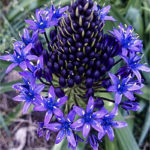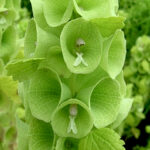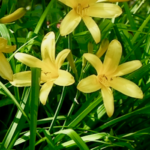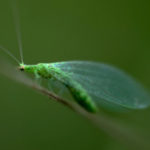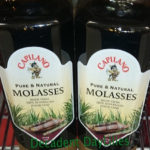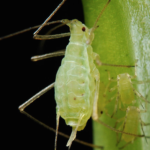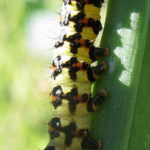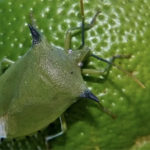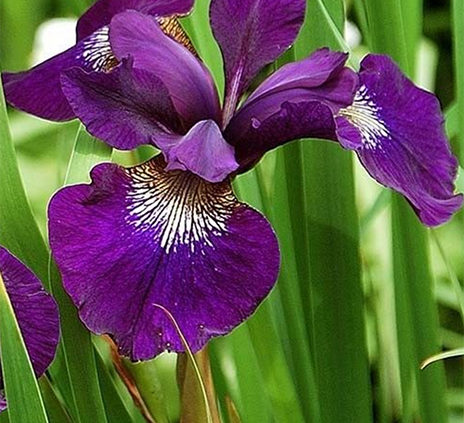
Siberian Iris Cultivation
All That You Wanted To Know About Growing Siberian Iris In Your Garden
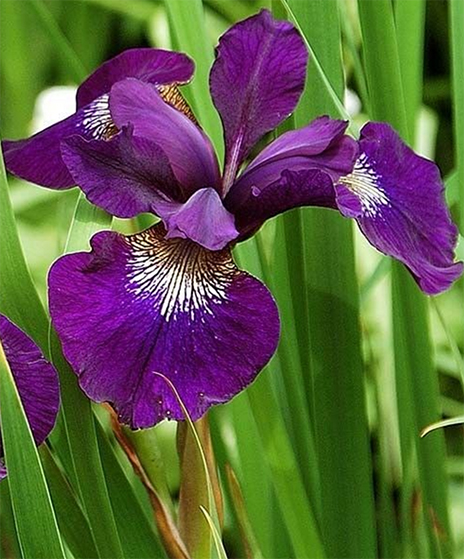 Siberian Iris are very elegant plants that would make great companion plants with Tall Bearded Iris as you will find them flowering at the same time and later. Siberian Iris also known as Iris Sibirica are well suited to be grown mostly around the edges of ponds but can be included in a cottage garden or even wild gardens. Siberian Iris types are easy to grow plants, this species grows over a metre tall with slim and grassy forming neat foliage. They are one of the most familiar varieties of the Iris family and are simple to raise. They have up to five showy blooms per stem and will flower in all temperate climatic zones. This means they can grow very well in the Australian climate. Their long and tender stems, foliage and blooms make them attractive perennial border plants and are suited for landscaping. Their foliage is attractive all year round except for winter when the foliage is totally dormant for 10 weeks. Planting Siberian Irises, when grown in mass will add an elegant look to your spring garden. The colours of the blooms range from white to blue, purple, yellow and lavender pink shades. These plants are highly durable. An established clump can give you more than 100 blooms.
Siberian Iris are very elegant plants that would make great companion plants with Tall Bearded Iris as you will find them flowering at the same time and later. Siberian Iris also known as Iris Sibirica are well suited to be grown mostly around the edges of ponds but can be included in a cottage garden or even wild gardens. Siberian Iris types are easy to grow plants, this species grows over a metre tall with slim and grassy forming neat foliage. They are one of the most familiar varieties of the Iris family and are simple to raise. They have up to five showy blooms per stem and will flower in all temperate climatic zones. This means they can grow very well in the Australian climate. Their long and tender stems, foliage and blooms make them attractive perennial border plants and are suited for landscaping. Their foliage is attractive all year round except for winter when the foliage is totally dormant for 10 weeks. Planting Siberian Irises, when grown in mass will add an elegant look to your spring garden. The colours of the blooms range from white to blue, purple, yellow and lavender pink shades. These plants are highly durable. An established clump can give you more than 100 blooms.
How To Grow And Care Siberian Iris?
The true care that Siberian Iris need is some light, meaning partial shade and well drained soil to grow well. If you are growing them in hot climates, make sure that they get some light shading. They can grow in a wide range of soil conditions, they prefer a rich and well drained but not too acidic soil. The rhizomes of the Siberian Iris plant must be planted at least 1 to 2 feet apart from each other and should be planted during late summer or early spring. Make sure that you plant the Siberian Iris a bit deeper than other Irises and ensure that you cover the rhizomes with two inches of manure soil. The plant has to be watered regularly and must not dry out when it starts to grow. Feeding them with all purpose fertiliser camellia and azalea fertiliser during early spring and after blooming in autumn is required. This will help the plant to grow well in the same position for years.
Where do Siberian Iris Grow in Australia
Siberian Iris grows well in New South Wales, Southern parts of South Australia, Western Australia south of Perth, Tasmania, Victoria, Frosty areas of Queensland such as Darling Downs. Siberian Iris will not flower well in warm climates and warm coastal areas. Siberian Iris does require winter cold even frosts to flower well. If there are no frosts they still will flower but not at their recognised height.
Dividing Siberian Iris
If you are looking to divide and transplant Siberian Iris, then you need to make two or four fan divisions. Ensure that the roots of the plant are kept in moist conditions when they are taken out of the soil. Dividing the Siberian Iris clumps is necessary when they get overcrowded or when the blooms get smaller. The best time to divide and replant the rhizomes is during spring. You can divide the large clump into several rhizomes and the leaves of the plant have to be trimmed to two-thirds of its total length. Loosen the soil at least to about 10 inches using a shovel. Try to plant the new rhizomes in areas where it gets partial sun. Plant the rhizomes in such a way that the cut leaves are coming out of the soil and the roots of the rhizome are facing down the soil. Fill the dug hole with soil and then press the rhizome gently on the soil. Water the Iris so that the soil is wet and moist always. Feed the plant by adding a compost fertiliser, this will help in plant growth.
Caring Siberian Iris After Blooming
As the Iris blooms begin to wilt, cut them from the stalk. Cut the flower stalk once all blooms wilt and ensure that you cut the stalk from its base. Cut the foliage in such a way that it is just 6 inches above the soil. This will help the plant to grow well and rebloom.
Did you know during the eighteenth century Siberian Irises were not only classed as ornamental plants but they were also used in herbal recipes to cure ulcers and to also remove freckles.
Important Varieties
Pink Haze – a lovely mauve pink self
Pink Sparkle – Standards are white tinged orchid pink, falls are deeper mallow pink. Signal areas are prominent bronze.
I’m Just Blue – Huge rounded blooms of royal blue.
Lights of Paris – Prolific blooming white with gold hafts and signals.
Coolabah – bred by Barry Blyth 1988 Australia – Flowers early with the glamorous Tall Bearded Iris cousins. It’s a wine rose with a white area on the top of the falls, green brown throat.
Supernatural – Bright and vibrant light magenta red wine self with white green lines radiating out to a bluish edge on the falls.
Butter and Sugar -White standards with greenish yellow veining, falls are yellow with greenish yellow veining.
Tycoon – Rich violet blue the first Morgan Medal Winner in 1951.
- Iris Sanguinea not to be confused with Siberian Iris (Iris Sibirica) they look similar and have the same growth habits. The difference is Iris Sanguinea has unbranched stems compared to the Siberian Iris which has branched stems. It is good to know they are both compatible with hybridising.


